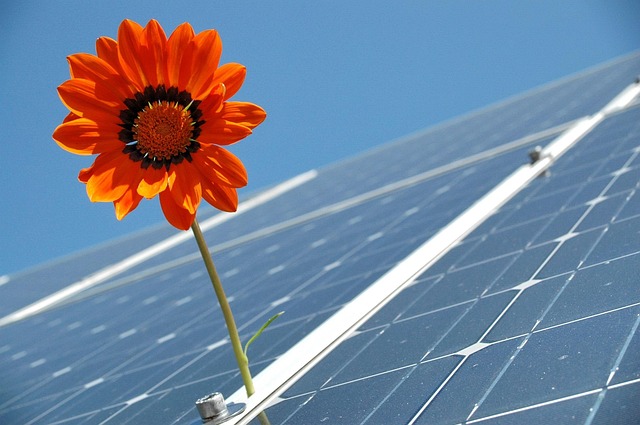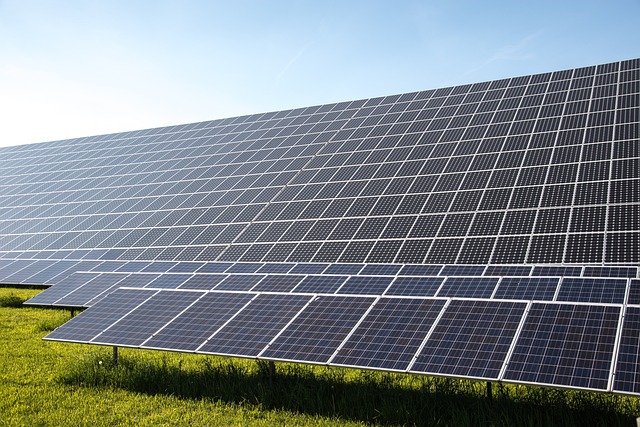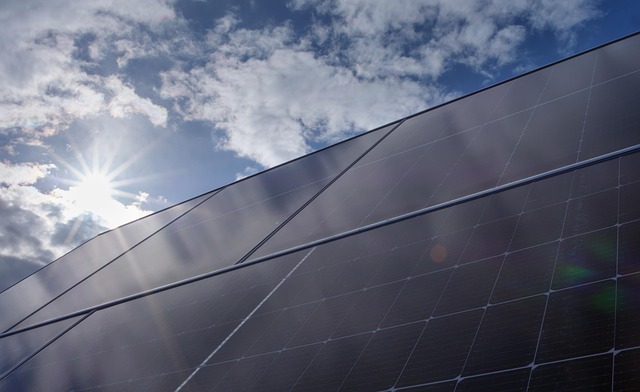
Innovative Solar Energy Projects Transforming the Landscape
The sun has long been an inexhaustible source of energy, yet it is only in recent decades that humanity has begun to harness its power on a large scale. As we grapple with the impending challenges of climate change and the depletion of fossil fuels, the need for sustainable energy solutions has never been more pressing. Among these solutions, solar energy is leading the charge, offering a clean and renewable alternative. This article explores the innovative solar energy projects that are reshaping our energy landscape, highlighting how technology, creativity, and community involvement are coming together to drive the solar revolution.
The Rise of Solar Energy
Solar energy’s rise as a primary renewable resource can be attributed to its accessibility and scalability. From individual homeowners installing photovoltaic panels to massive solar farms producing megawatts of power, the versatility of solar technology has made it a popular choice. Factors such as declining costs, improving efficiency, and favorable government policies have further fueled its growth.
While traditional solar farms have served as a backbone for solar energy production, innovative approaches are now emerging to optimize land use, integrate with existing infrastructure, and address aesthetic concerns. Let’s explore some of these groundbreaking projects that are transforming the solar energy landscape.
Solar Highways: Paving the Way for Clean Energy
One of the most exciting developments in solar technology is the concept of solar highways. These roads are embedded with solar panels that can generate electricity while serving their primary function as transportation pathways. The first such pilot project was initiated in France with the installation of solar panels on a 1-kilometer stretch of road called Wattway.
Wattway features special solar panels that are designed to withstand the weight of vehicles while generating renewable energy. The concept aims to utilize otherwise unused road space to contribute to the energy grid, thereby addressing one of the significant limitations of traditional solar farms: land use. In addition to electricity generation, solar highways can reduce dependence on fossil fuels and promote a greener transportation sector. With ongoing adaptations and tests, this technology holds promise for traffic infrastructure across the globe.
Floating Solar Farms: Harnessing Water Surfaces
As populations grow and land becomes more scarce, innovative solutions are emerging to utilize water bodies for solar energy production. Floating solar farms are one such solution, employing the surfaces of lakes, reservoirs, and even oceans to mount solar panels. This innovative approach not only generates clean energy but also addresses potential land use conflicts.
One notable example is the Katoomba Solar Farm in Australia, which sits atop an old coal mine, using the water’s surface to host solar panels. Besides energy generation, floating solar farms can help reduce evaporation, maintain water quality, and limit algal growth. These projects are not only sustainable but also present a solution to harness energy in water-scarce areas, making them prime candidates for further development globally.
Solar-Powered Desalination Plants: Meeting Water Needs
In regions experiencing severe water scarcity, solar energy is being creatively utilized in desalination plants. These facilities convert seawater into fresh water, providing a vital resource for communities facing drought or limited access to clean drinking water. By pairing solar power with desalination processes, these installations can operate sustainably without relying on fossil fuels.
The world’s largest solar-powered desalination plant is located in Saudi Arabia. With a capacity to produce 240,000 cubic meters of fresh water daily, this plant utilizes a combination of concentrated solar power technology and reverse osmosis to convert seawater efficiently. Similar projects are being explored in arid regions like California, Australia, and the Middle East, showcasing how solar energy can address critical water needs while promoting sustainability.
Building-Integrated Photovoltaics (BIPV): Merging Functionality with Design
Building-Integrated Photovoltaics (BIPV) represent another innovative approach to solar energy deployment. BIPV involves integrating solar cells into building materials, such as windows, roofs, and facades, allowing structures to generate energy while serving their intended architectural functions. This technology addresses aesthetic concerns commonly associated with traditional solar panels, which can disrupt the visual harmony of a building.
One striking example of BIPV is the Bosco Verticale (Vertical Forest) in Milan, Italy. This residential complex features balconies adorned with green plants and integrated solar panels that quietly contribute to the building’s energy supply. BIPV can be coupled with smart technologies, enabling real-time energy management and optimizing consumption based on actual needs. As urbanization increases, the importance of combining energy efficiency with aesthetic appeal cannot be overstated.
Solar-Powered Air Conditioning: Enhancing Energy Efficiency
Air conditioning is a major energy consumer, especially in regions with hot and humid climates. To combat this, innovative solar-powered air conditioning systems are emerging, allowing cooling without putting additional strain on the electricity grid. These systems usually employ solar thermal panels to generate hot water, which is then utilized in absorption coolers to provide air conditioning.
One such breakthrough can be found in the Caribbean Islands, where solar cooling systems have been implemented in hotels and commercial spaces. Not only do these systems reduce carbon footprints, but they also lower electricity bills, providing significant economic benefits. The potential for solar-powered air conditioning can offer a dual solution: address increasing cooling demands and contribute to decarbonization efforts.
Community Solar Projects: Democratizing Energy Access
While large-scale solar projects dominate the narrative, community solar projects play a crucial role in democratizing access to renewable energy. These initiatives allow individuals, especially those who may not own their properties or lack the financial means for a rooftop solar system, to invest in and benefit from solar energy collectively.
In the United States, community solar initiatives have gained traction in various states. Residents can purchase or lease a portion of a community solar farm’s output, effectively gaining access to renewable energy without the need for personal solar installations. This model promotes inclusivity and provides financial incentives while reducing greenhouse gas emissions. By expanding access to solar energy and fostering local participation, community solar projects shape a more equitable renewable energy landscape.
Solar-Powered Electric Vehicles: Driving the Future
The transportation sector is one of the largest contributors to global carbon emissions. To combat this, solar-powered electric vehicles (EVs) are emerging as a transformative solution. Innovations include vehicles equipped with solar panels or solar charging stations that harness sunlight to recharge electric batteries.
One notable project in this arena is the Solar Electric Vehicle, developed by the University of Alabama. This vehicle incorporates solar panels that allow it to recharge on-the-go, extending its range and promoting greater use of clean energy in transportation. While fully solar-powered cars are still in development stages, advancements in solar technology and energy storage are paving the way for a future where vehicles run on sunlight.
Challenges and Future Outlook
Despite the promising developments discussed above, the transition to solar energy is not without its challenges. Factors such as financing, regulatory barriers, and technological constraints can hinder the expansion of innovative solar projects. Moreover, while solar energy is abundant, it is not always available, necessitating advancements in energy storage solutions to ensure consistent supply.
However, the ongoing investments in research, development, and infrastructure are positioning the solar industry for growth. As global awareness of climate change increases and the demand for renewable energy rises, combined efforts from governments, businesses, and communities can lead to an accelerated implementation of innovative solar solutions.
Conclusion
The innovative solar energy projects discussed in this article represent a fraction of the transformative efforts underway to harness the power of the sun. From solar highways and floating farms to community solar models and electric vehicles, creativity is at work in addressing the energy and environmental challenges of our time. These projects showcase how technology, design, and community collaboration can come together to reshape our energy landscape.
As we move forward, embracing sustainable practices and investing in renewable energy sources like solar will play a pivotal role in creating a cleaner, greener future. The path to a sustainable energy future will be paved by ingenuity, determination, and the unwavering belief in the power of the sun.



